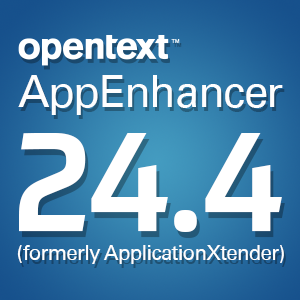Banks convert to electronic documents for enhanced processing
Friday, February 1, 2013More banks are going paperless with the implementation of electronic document management systems to improve business processes and compliance with information protection regulations.
American Banker reported that Palmetto Bank in South Carolina recently designed a $1 billion initiative to utilize conversion services for deposit capture and e-statements. Mark Terry, the new chief information officer for the bank, is directing this nine-month project, which will replace old technologies with document imaging systems and an internet banking portal for better customer service. These updates expanded to include an email enrollment system to offer automatic e-statements when clients sign up for internet banking services. Terry told American Banker that these modifications are still in effect.
“This year we are looking at several automation projects around document imaging and document tracking [upgrades],” he stated. “We’re looking at personal finance systems, fraud monitoring systems for mobile banking and adding person to person payments.”
More control in a digital system
Terry also explained that a major incentive for integrating these technologies was to strengthen customer satisfaction and support while also maintaining regulatory compliance. Nicholas Brewer, senior analyst at Aite Group, elaborated on these concerns in an interview with ABA Banking Journal, citing the collision of federal regulations and growing banking demands that require a new attention to information management.
“To the extent that banks remain agile to customers and credit changes and market prices and all the rest, they should also remember in their IT strategies that they need to remain under the regulatory requirements,” he explained.
Andrew Tilbury, chief marketing officer for BluePoint Solutions, agreed with this assertion. He told the news source that built-in compliance measures are key to ensuring that document management technologies are able to improve a financial institution’s governance over confidential business and client information.
“We’ve seen a lot of financial institutions being able to handle the regulatory documentation and compliance with better document imaging systems. It saves a lot of time within the financial institution,” Tilbury said.
Small banks like Palmetto have limited staffing to collect, organize, submit and receive documentation. A digital document management system can improve workflow by reducing the burden of completing these tasks while also cutting down on consumption of paper, ink and other resources.
As financial institutions seek to serve clients more efficiently, digital solutions such as document imaging can offer files that are more accessible and searchable.
Brought to you by Image One Corporation providing complete information governance since 1994.




